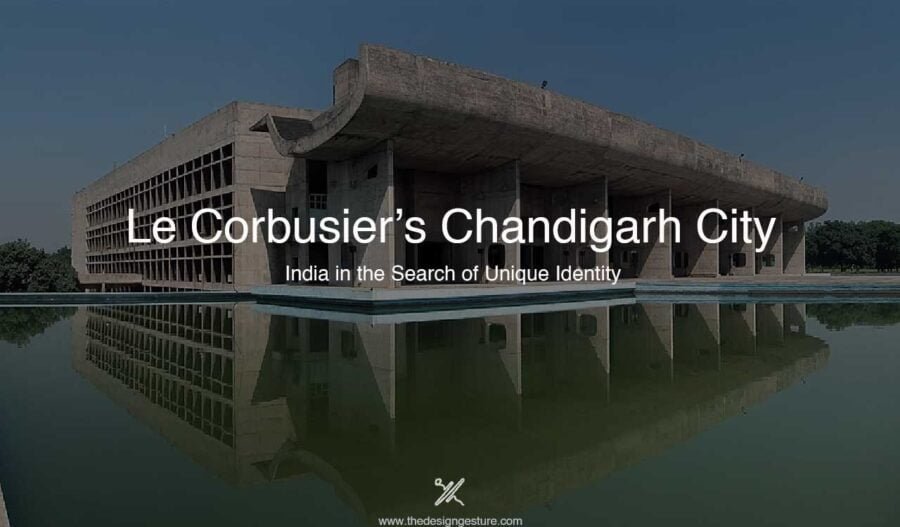In India, there is severe housing scarcity in the cities due to rapid urbanisation and migration, especially for the economically weaker sections. In this regard, the Government of India and the Reserve Bank of India have launched a variety of programmes to increase the availability of low-cost housing. While several programmes have been proven to be successful in improving housing affordability for economically weaker sections, releasing land in metropolitan areas remains a significant obstacle to the sector’s further growth.
First, it’s crucial to define the term “low-cost housing” in order to outline the boundaries of this subject. The word “low-cost” is a relative idea, hence there is no exact meaning. Even the term “affordability” is quite ambiguous and may signify different things to different people depending on their income levels.
As a ratio of housing costs to household income, a low-cost dwelling is one that one can afford. Low-cost housing is built with quality materials and includes all necessary amenities, but it is priced within the reach of potential buyers. As a result, low-cost housing benefits all socioeconomic groups, particularly the LIG and MIG sector, and it also makes sound financial sense. The standard size ranges from 300 square feet to 800 square feet.
Table of Contents
Housing Situation in India
Rapid urbanisation in India has created problems for the country’s growth, including urban congestion, stress on essential services like water and sanitation, and—most importantly—severe housing shortages, particularly in the low-cost segment. A critical concern in India’s urbanisation will be the availability of cheap homes for all. Urban housing faces a number of difficulties, such as scarcity, habitational ownership, and a lack of housing supply. For the country’s growth and development as well as the establishment of a more inclusive society, there is a need to provide safe, secure, and cheap housing for the urban population.
According to Census of India 2011 data, the housing stock has increased by 33%. Since there remains a disparity between those for whom homes are being built and those who need them, the housing shortage continues to be a problem.
Concept of Low-Cost Housing
The term “low-cost housing” refers to dwellings that are accessible to those in society who earn less than the median household income. Although the definition of inexpensive housing varies from country to country, the basic idea remains the same: housing should meet the housing needs of lower and middle-income households.
Low-cost housing is generally understood to be housing that is distributed outside of market systems based on need rather than financial capacity. In other words, housing that is accessible at a rent or purchase price that does not exceed a “specified benchmark” of affordability is considered to be within one’s “capacity to pay.” This level of affordability is frequently described as housing expenditures that shouldn’t exceed a certain percentage of household income and/or should produce a household income that, after deducting these housing costs, is sufficient to cover other essential living expenses.
According to The Royal Institutions of Chartered Surveyors (RICS) report 2010 on “Making Affordable Housing Work in India,” affordability in the context of urban housing refers to the provision of adequate shelter on an ongoing basis and it ensures the security of tenure within the means of the typical urban household. According to research on “Low –soct Housing—a Key Growth Driver in Real Estate Sector,” the three main components of such housing are income level, size of the dwelling unit, and affordability. While the first two characteristics are unrelated to one another, the third parameter is influenced by income.
Individual Project Case Study: Affordable Housing
To achieve their particular goals, numerous organisations in India have defined cheap housing. The list of specific case studies of low-cost housing in India is provided below.
Aranya Community Housing, Indore
Balkrishna V. Doshi, an architect, designed the Aranya Housing. In the past, architects haven’t done much to help the urban poor in the Third World with housing. Over 6500 homes for 60,000 people were planned for a rectilinear plot measuring 86 hectares, primarily for the Economically Weaker Section. This was a comprehensive strategy for “a sustainable society” where the mix of various socioeconomic classes could coexist. Designing with social interaction in mind was the conceptual tenet.
Aranya Township was planned as a site and service project with six sectors that come together at the Central Business District as its spine. Each home has a drainage system, toilets, and water hookups. There is a given open staircase along. A hierarchy of open spaces, including small courtyards to be shared by three to four families, bigger green areas for each of the settlement’s six sectors, and a central playing field to service the entire complex, was one of the design’s essential components. Intersecting open areas and pedestrian walkways link the clusters to the central spine.
This creative sites-and-services project is noteworthy for its efforts to bring together families within a spectrum of one-room shelters to more spacious dwellings as well as poor to respectable incomes, seeking to encourage adaptation and personalising in accordance with individual’s requirements and resources. Any material may have been used by the owners to build and embellish the home. Locally, it was possible to find cement, brick, and stone. Bright colours are frequently used in facades, railings, grills, and cornices. The Economically Weaker Section’s internal streets and squares were stone-paved, which cut down on the cost and upkeep of maintaining them. For heavy traffic, asphalt was used to pave the outer roads.
Only a house plot was sold to the majority of income groups. Depending on how much they could pay, the lower-income Groups were given a variety of alternatives, including a site and plinth, a service core, and one room. For Aranya Housing, Ar. B.V. Doshi received the Aga Khan Award for Architecture in 1996.
Incremental Housing, Belapur, Navi Mumbai
For New Bombay (Navi Mumbai), a metropolis that Correa and a group of coworkers first supported in the 1960s, there is promise in the new housing project at Belapur. Since lack of space has always been Mumbai’s major issue, architect Charles Correa came up with the brilliant idea of incremental Belapur Housing as an inexpensive housing option.
5.4 hectares are used to create housing for 550 individuals (around 100 families). The project’s foundation is built on a single idea: a separate plot for each residence to allow for future growth as and when necessary. The programme was created to serve a range of socioeconomic classes, including upper, middle, and lower.
Housing is constructed in groups of seven dwellings connected 8 by an 8-metre courtyard, each of which has its own modest open area and does not share any walls with its neighbours. To protect the residents’ privacy, no windows are installed on those sides. An elegant and cost-effective housing option with all the amenities that everyone can afford is provided by a carefully designed hierarchy of interconnected and open-sky rooms. A seasonal creek (Nala) that runs through the centre of the site and transports stormwater during heavy rains is visible from the common spaces.
The total project is low-rise and dense, similar to the majority of Correa’s past affordable housing initiatives. According to plot size, there are five different types of homes; the simplest is a single room with a bathroom, and the most sophisticated is a two-story tenement. The toilets of two adjacent homes share a wall, but the residences do not, to make plumbing services easier. Parking spaces are provided on the edges, however, all mobility within the property is pedestrian-only. The open spaces easily transition from a tiny court to a huge community space.
LIC Housing, Ahmedabad
The Life Insurance Corporation Housing colony, sometimes referred to as “Bima Nagar” locally, was a brand-new housing type that Architect BV Doshi created in Ahmedabad in 1973. The housing enables residents to take part in the construction of their homes. The project consists of 324 duplex terraced homes spread across 54 plots. With a growth phasing plan, the first development concentrated on the effective provision of sites and services. The fundamental idea behind the housing units provides flexibility for adjustments, even while the format remains the same.
A central outdoor stairway connects all units, and they all have roof access. Modifications can be made internally or within a certain massing, allowing for individualization without sacrificing the fundamental architectural form. The design of this proposal comprises a playground area, parks, and a gathering place. Each residence has a personal space next to the stairway.
There are terraces that are physically connected to the house. Due to the small size of the house, an open space intended to be used as such is now used as a semi-covered or covered space. The first rainwater harvesting system in Gujarat was built in 2002 under this plan. Locate on the society’s open space (where all the water flows to a spot). In addition to drinking, the collected water is used for home and horticultural uses.
The idea behind this project is that users are capable of creating their own habitats. All they required was a well-made template that served as the foundation for their development. They don’t have to drive far for their essential daily needs because they are in the city’s centre. Society is calm despite being surrounded by traffic. There is green space that serves as a buffer between the civilization and its surroundings.
Conclusions
Although there are no immediate solutions to India’s home affordability issue. The case studies contain a variety of suggestions that can help architects design superior residences that are more reasonably priced while yet ecologically friendly. The numbers are enormous, the problems are complicated, and there are very few resources, therefore those who choose to work for the economically disadvantaged parts need to reconsider their positions. Giving the urban poor access to the property so they can build their own homes is one way to provide them with housing.




